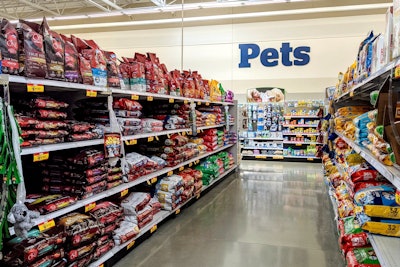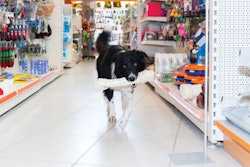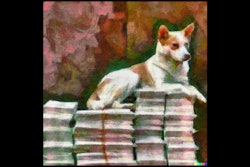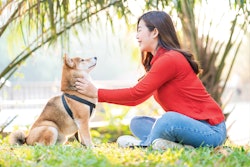
John Gibbons of PetBusinessProfessor.com, who compiles and analyzes “petflation” data from the U.S. Bureau of Labor Statistics (BLS), has noted in his latest December 2023 report that the YOY pet food producer price index (PPI) was down from the previous month, but still up compared to 2022.
In December, pet food prices came in at +5.1%, down slightly compared to November's number of +5.6%. National inflation has slowed considerably since June 2022, but pet food prices continued to increase until June 2023. Pet food prices passed the national Consumer Price Index (CPI) in July 2022, and at 5.1% in December, it is still 50% above the national rate of 3.4%, said Gibbons.
When comparing pet food prices to the CPI from two years ago (December 2021), CPI was +8.5% and pet food prices were +4.5%, meaning pet food prices are slightly up more than two years ago. Gibbons noted pet food prices have been above the CPI since November 2022.
2021 compared to 2023
- U.S. CPI – The inflation rate was below 2% through 2020. It turned up in January 2021 and continued to grow until flattening out in Jul>Dec 2022. Prices turned up Jan>Sep, then dipped in Oct>Dec, but 35% of the 19.4% increase in the 48 months since December 2019 happened in the 6 months from January>June 2022 – 12.5% of the time.
- Pet food – Prices were at or below Dec 2019 levels from Apr 20>Sep 2021. They turned up and grew, peaking in May 2023. In Jun>Aug they dipped, grew Sep>Nov, then fell in December. For pet food, 93% of the 23% increase has occurred since 2022.
YOY -- 2022 compared to 2023
- U.S. CPI– Prices are -0.1% from November. The YOY increase is 3.4%, up from 3.1%. It peaked at +9.1% in June 2022.
"The targeted inflation rate is <2% so we are still 55% higher than the target," explained Gibbons. "After 12 straight declines, we had two lifts, a stable month, two consecutive drops, now another lift – not good news!"
The current rate is 48% below 21>22 but the 21>23 rate is still 10%; that is 51.5% of the total inflation since 2019, but down from 54% last month. - Pet food– Prices are -0.1% vs November and +5.1% vs December 2022, down from 5.6%.
"[Pet food prices], however, are still 3.9 times the Food at Home inflation rate," said Gibbons. "The YOY increase of 5.1% is being measured against a time when prices were 17% above the 2019 level, but that increase is still 1.5 times the prepandemic 3.4% increase from 2018 to 2019."
The 2021>2023 inflation surge has generated 91.3% of the total 23% inflation since 2019.
Inflation is cumulative
"Petflation is slowing, but it is still strong, with the fourth highest rate for December and the second highest annual rate in history," said Gibbons. "It is also double the CPI. In 2021, it was only half that rate."
Gibbons said even if pet food prices slows to 0%, you can’t ignore the fact that inflation is cumulative. "Pet prices are 17.7% above 2021 and 22.2% higher than 2019," he explained. "Those are big lifts. Since price/value is the biggest driver in consumer spending, it's likely to affect the pet industry."
Gibbons said with higher pet food prices continuing, consumers could make a move to online shopping, switch to private label or even downgrade the quality of food.
















